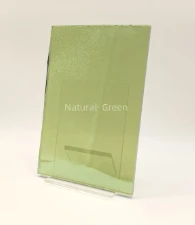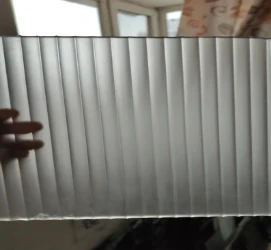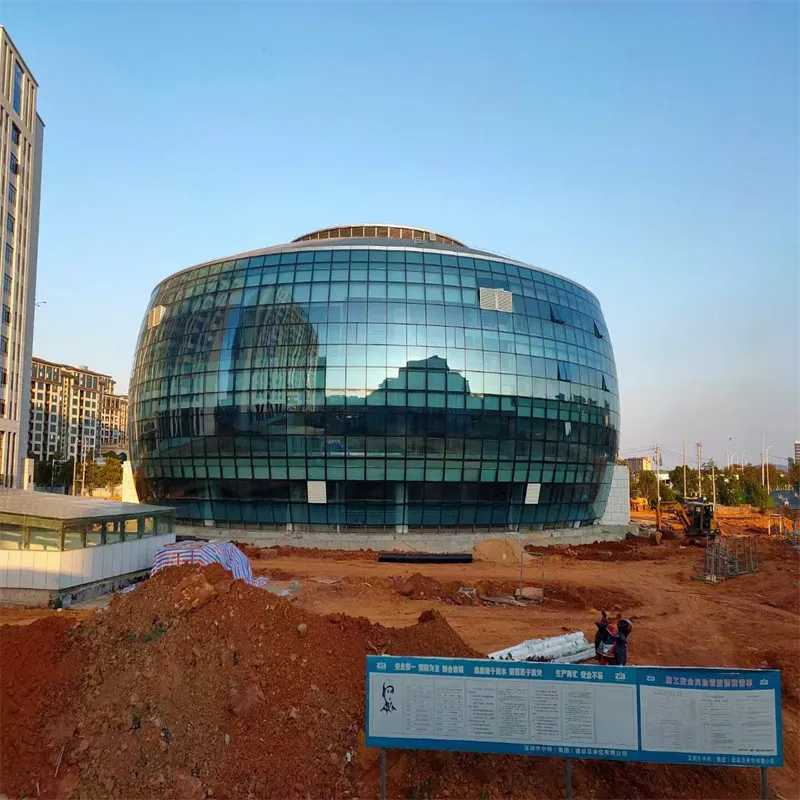Reflective Glass
The metallic coatings of reflective glass give a building a mirror-like appearance. When tinted glass is coated with the corresponding film, we can see through the glass from indoors, but not the outdoors.
Reflective glass allows visible natural light to pass through and meets indoor needs for daily sunlight. Meanwhile, it has a high reflectivity for infrared rays and a high absorption rate for ultraviolet rays.
Reflective glass adds a sleek and modern appearance to buildings and vehicles, enhancing their visual appeal. The reflective surface creates dynamic reflections of the surrounding environment, giving the impression of depth and movement. It is available in a variety of colors and finishes to complement different architectural styles and design preferences.
Reflective glass often has the properties of UV protection, which helps to block harmful ultraviolet rays from entering indoor spaces. This feature helps to protect furniture, fabrics, and artwork from fading and degradation caused by prolonged exposure to sunlight.
Reflective glass is widely used in commercial and residential buildings which can be used to enhance both the functions and aesthetics of a buildings.
Energy efficiency management of buildings in modern society has become more and more important. Glass curtain walls made of reflective glass can effectively control the solar radiation travelling into the buildings, thus reducing cooling costs. In addition, it creates a balance of light transparency and aesthetics.
It is equally important for homeowners in energy- saving aspect. reflective glass Reflective glass absorbs or reflects heat and ultraviolet radiation to ensure that indoor temperatures are not too high in summer. This can reduce the electricity costs of air conditioner.
In addition, reflective glass is also used in automotive industry, such as car windows, sunroofs and rearview mirrors.
-
 07Aug
07AugSustainable Practices in a Modern Coated Glass Factory
As environmental consciousness reshapes industrial standards, the coated glass sector is evolving to meet new sustainability demands.
learn more -
 07Aug
07AugInsulated Glass Unit Installation Best Practices and Tips
In the competitive market of glass products, understanding the ins and outs of insulated glass unit is crucial for wholesalers.
learn more -
 07Aug
07AugFrosted Glass Types and Custom Solutions for Sale
In the ever - evolving realm of architectural and decorative materials, frosted glass has firmly established itself as a versatile and indispensable choice.
learn more













